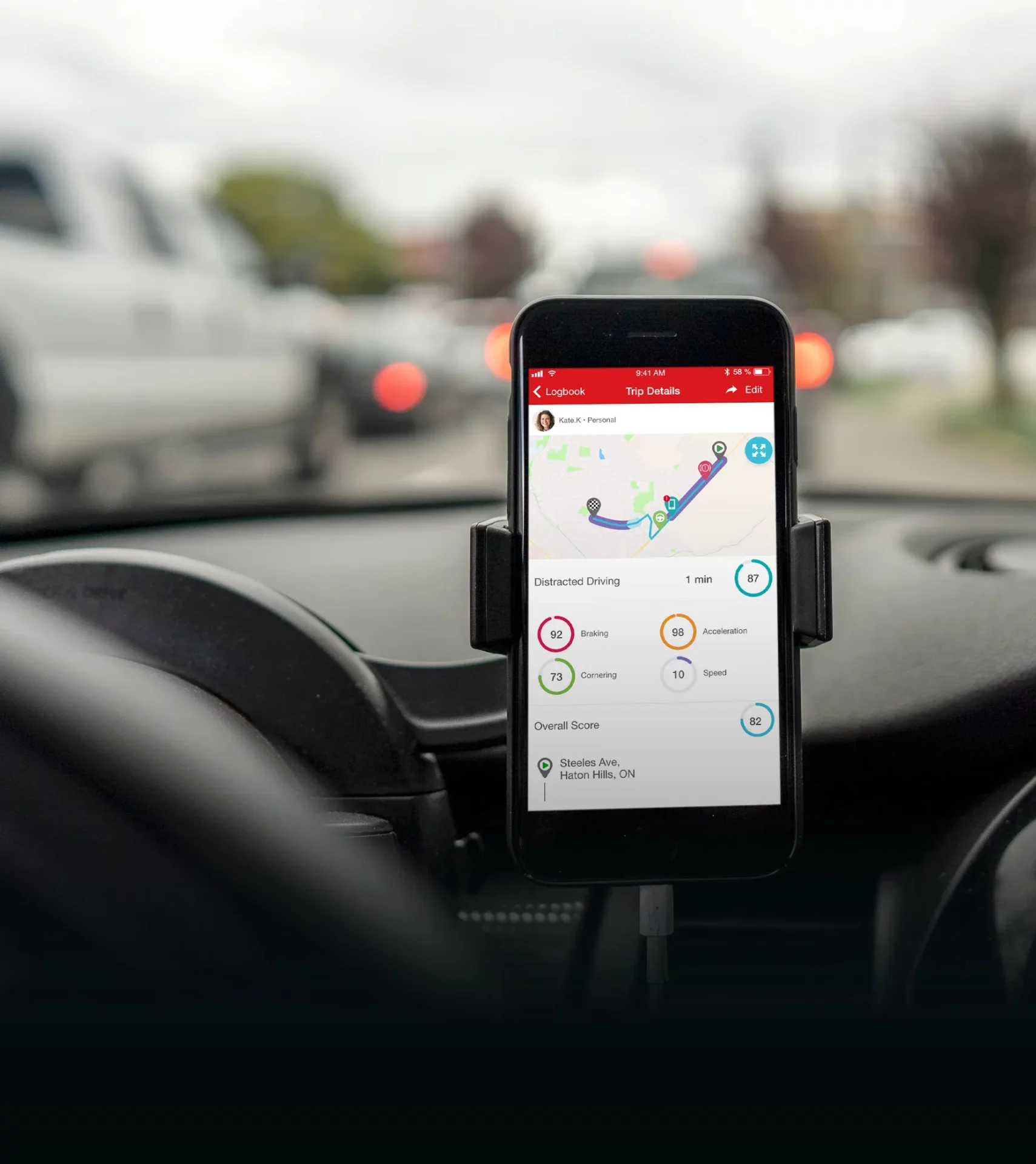You may have heard of mobile telematics – essentially the collection of telematics driving data via the customer’s smartphone. Whether you have already started to explore the potential of smartphone telematics in your organization, or you simply want to ensure you understand it fully before you commit to a plan of action, we have put this article together to give you a more in-depth overview about what it is and, crucially, some of the key business benefits it can deliver.
First, what is mobile telematics?
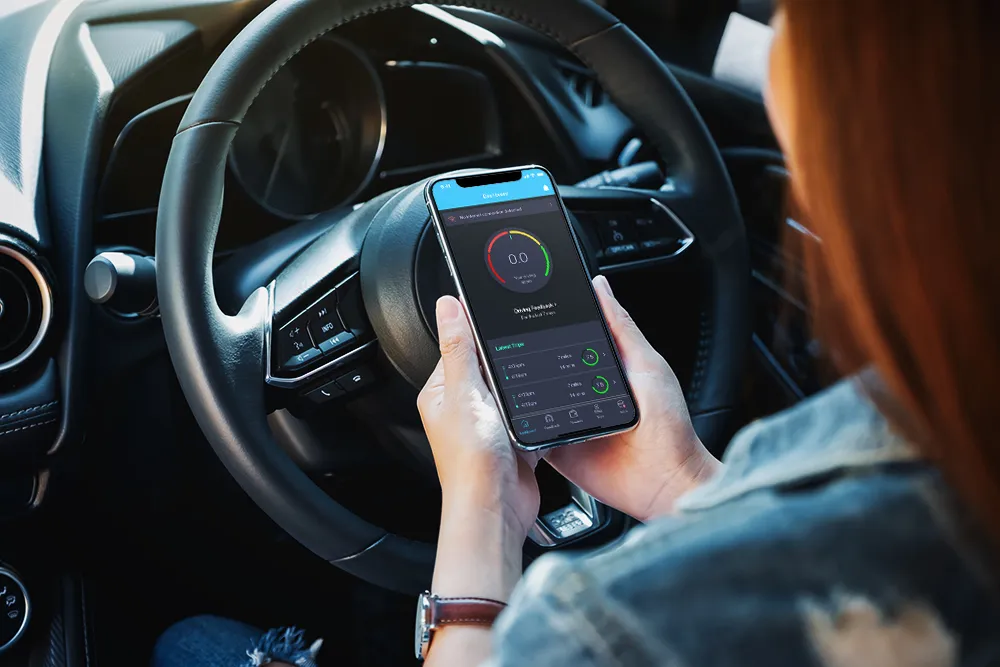
Fundamentally, mobile telematics is a technology best used for collecting driving data. This includes trip journey and driving behavior data using a policyholder’s smartphone. Insurers use the rich data collected from the user’s mobile device and combine it with more traditional customer data and information collected during the auto insurance application process, such as vehicle type, customer age and gender. This provides a much richer dataset that can be used to rate and price the risk profile of drivers and means you can enrich the driver profile with an analysis of the way your customers drive too. As we will discuss below, you can also use this data in real time, to positively influence their driving behavior and risk scores for the better.
How does mobile telematics technology work?
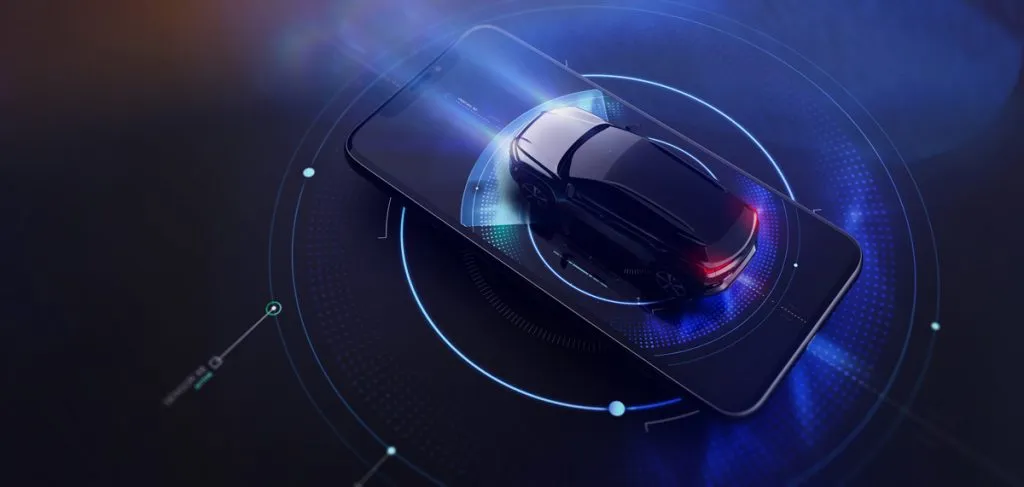
Mobile telematics is incredibly powerful, because it makes use of the vast range of sensors that exist in almost every customer’s smartphone.
In a typical modern smartphone, these sensors will include the following:
- GPS receiver – detects signals from the GPS satellite network to provide location data
- Accelerometer – detects acceleration, vibration, and tilt, which together help to estimate how fast the car is moving and in which direction
- Gyroscope – can help the accelerometer to work out which way up the smartphone is, for extra precision
- Magnetometer – establishes which way is north – in conjunction with the GPS receiver and accelerometer, this can help establish location and moving direction
Together, these sensors can help generate incredibly rich data on the way the phone’s owner drives – and can even detect if the driver has been in an accident based on the inner mingling of these sensors working together.
What types of data can mobile telematics provide?
To really understand how helpful mobile telematics data can be, it might be useful to explore the specific types of telematics data that smartphones can provide. The key types of driving data collected include:
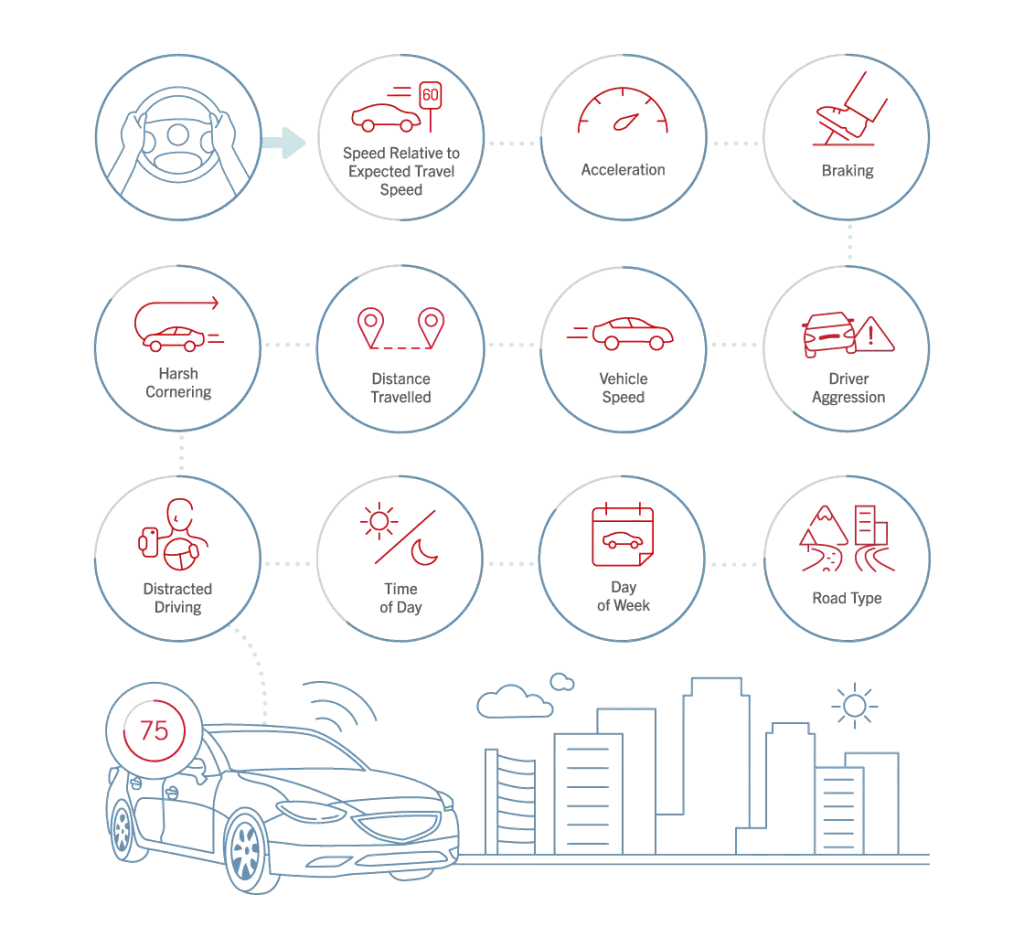
More accurate and more cost-effective than traditional approaches

Using telematics data in virtually any usage-based insurance scenario will improve decision-making and increase accuracy, when compared with traditional rating variables such as standard vehicle type, customer age, gender and even credit score information, that are not always indicative of actual driving behavior. As an example, British auto insurer and IMS customer Carrot Insurance achieved a reduction in Combined Operating Ratio of more than 10% based on using telematics data to detect and improve driving behavior.¹
Data derived via smartphone telematics programs can improve risk scoring significantly, since you are including actual driving data when making risk predictions and pricing decisions.
A more enticing customer experience for the long term
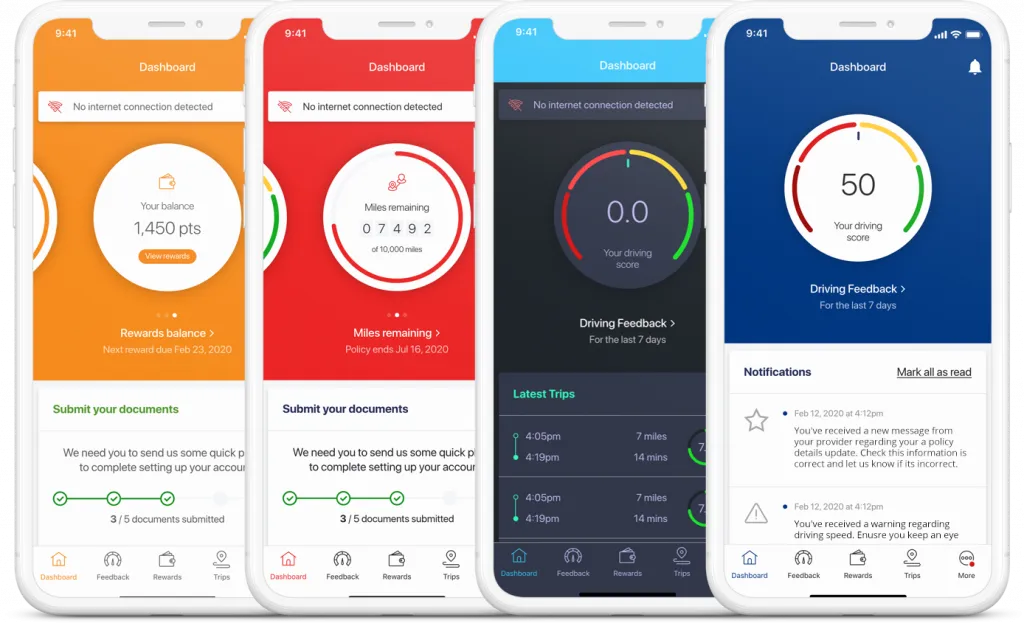
Mobile telematics has another positive side effect – if used correctly, its ability to improve the customer experience significantly, using a mobile app and experience that is continually, and positively, engaging your policyholders. Virtually every driver owns a smartphone, which they can use to access information on their driving, with the ability to see, influence and help control the premiums they pay, based on how they drive.
Many insurers currently offer discounts, although more progressive insurers are focused on newer forms of incentives that help motivate and sustain safer driving. For users, getting started can be as simple as downloading your app and creating an account.
The most advanced insurers take things one step further, utilizing engagement techniques including rewards and just-in-time coaching within their apps to improve driving behavior over time. In doing so, IMS customer Carrot Insurance saw the frequency of accidents drop by 42%², while another customer, Onlia, saw more than 66% of drivers improving their driver behavior score³.
By adopting similar techniques insurers can therefore reduce the risk profile of their entire book of business. With the ability to influence and control the premium they pay through safe driving; they can also boost customer loyalty through improved experiences or improved pricing – and in fact both.
Making insurance fairer for all
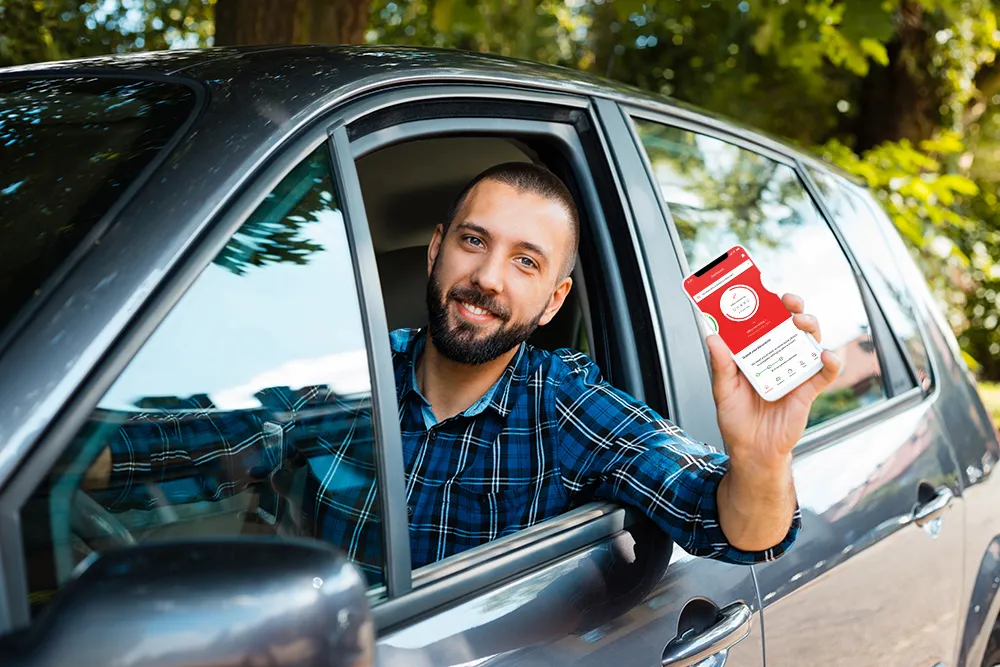
Customers today are looking for greater control over their insurance, thanks in part to the collision of two recent megatrends. First, the pandemic saw people change the way they used their cars – in most cases, making far fewer journeys to the workplace due to increased remote working. Their premiums remained the same, however, leading to a clamor for better value for money, especially as it is unlikely that driving to the office will ever fully return to pre-pandemic levels.
Secondly, the growing call for social justice reform is affecting the way that insurers evaluate and charge potential customers. Some current rating variables such as income, home location, credit scores and past convictions can have an unfair impact on certain groups within society – and all eyes are now on the industry as it strives to show it can be fairer and more progressive.
By giving your customers the power to influence their premiums with a mobile telematics-based product offering – and to see how changes in their driving behavior can affect what they pay – you will give them a better, more personalized experience overall and a genuine sense of control and ownership over their insurance experience.
It all starts with an app

Fittingly for a smartphone-based approach, all necessary customer engagement can be delivered via an app. That’s because as well as collecting the driving data via its sensors, the smartphone is something that most drivers interact with many times a day. It can therefore be seen as the most natural medium for in-program communication.
Once your app is in the hands of your customers, it can be used to deliver tips in real time and, via on-screen dashboards as well as updating them on the rewards they have earned, and what their next targets are. They can review driving performance post-trip and learn how to improve their driving behavior to unlock future rewards.
You can achieve all this by creating a new app from scratch or by using an SDK – a way for insurers to embed telematics into an existing insurance app through APIs. Either way, by building telematics programs around the smartphone, you can take advantage of its inbuilt technology, to realize improvements over traditional connected car insurance.
Conclusion: Mobile telematics is a solid way forward

As the pandemic has driven customers to demand more control over what they pay and insurers have, at the same time, come under greater scrutiny regarding the fairness of their risk scoring models, the time has come to focus on the way each customer actually drives.
Smartphone telematics is not the only way to generate data based on real driving behavior, but it may well be the most obvious solution for your business. After all, it is easy to integrate into any insurance model, as the vast majority of customers have a smartphone equipped with the necessary sensor technology.
Smartphone telematics is also fairer and more cost-effective when it comes to calculating policyholder risk. And crucially, it gives you a platform for boosting driver engagement, so you can influence behavior as well as observe it.
Today, the most advanced insurers take customer engagement very seriously, implementing coaching, real-time messaging and positive reinforcement rewards programs that are proven to improve driving behavior, prevent accidents and save lives, all while making users less likely to claim. Ultimately, this is the goal of mobile telematics.
To read more about our work with Carrot, see the complete case study here.
For more information on Onlia, you can see that case study here.
To learn more about making the most of mobile telematics, read The top 5 best practice examples for mobile telematics success next.
About IMS
IMS (Insurance & Mobility Solutions) is a vehicle and driving data business, delivering enterprise solutions to global insurers, mobility operators and governments. The IMS DriveSync platform provides the capability for customers to improve their approach to pricing, customer engagement, risk management and claims handling by leveraging telematics data from any source – smartphone apps, aftermarket hardware and OEM embedded units. The company, with offices across the UK, Europe and North America, has analyzed over 15 billion driving miles and its algorithms are fed by trillions of data points each day.
About the IMS Engagement Toolset
The IMS Engagement Toolset is the industry’s most comprehensive suite of engagement tools and techniques. Leveraging telematics data, it is proven to modify driving behavior and generate desired business outcomes, to drive down loss ratios.
It gives you complete control over the ways in which rewards are earned, distributed and fulfilled, offering end-to-end digital interaction. You can deliver messages on a one-to-all, one-to-many or one-to-one basis, including text, images and rich media. By enabling you to set up leagues, leaderboards, achievement milestones and badge systems, it makes a compelling proposition for customers – and it works. 56% of customers receiving the messages check their scores daily, with 88% checking weekly. Overall, they are 39% less likely to have an accident. As a result, a 1-2% premium in investment in rewards will lead to an estimated 7% COB program benefit, with a 1.7% premium will lead to an estimated 3x ROI, through improvements to claims loss ratios.
Learn more about the IMS Engagement Toolset at https://ims.tech/engagement/
About the IMS One App
The success of any mobile telematics program depends in large part on the customer experience, much of which is necessarily delivered via a smartphone app. With the IMS One App, you can offer a personalized experience tailored to product usage and the customer journey – crucially including their actual driving journeys.
One App is a development framework that makes it quick and easy to create scalable, configurable telematics apps that are proven to work, leading to measurably higher levels of engagement than apps created via other means. One App can help you truly connect with your customers, changing their driving behavior to deliver better outcomes, both for your business and for them.
Learn more about the IMS One App at https://ims.tech/oneapp/
¹ Carrot Insurance – Rewards Program Case Study: https://ims.tech/resources/carrot-insurance-rewards-program-case-study/
² Carrot Insurance – Rewards Program Case Study: https://ims.tech/resources/carrot-insurance-rewards-program-case-study/
³ Onlia Sense – Telematics SDK Case Study: https://ims.tech/resources/onlia-sense-telematics-sdk-case-study/
